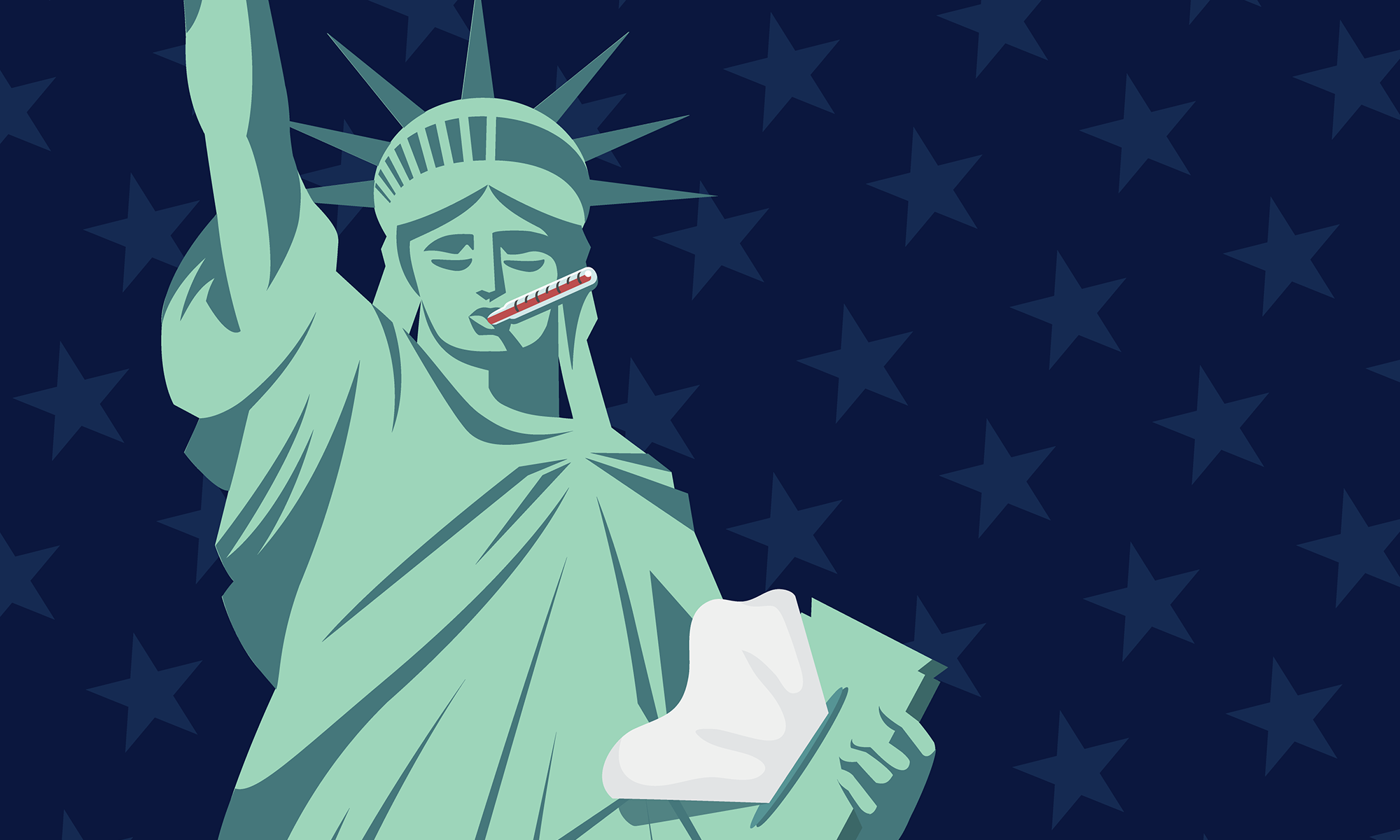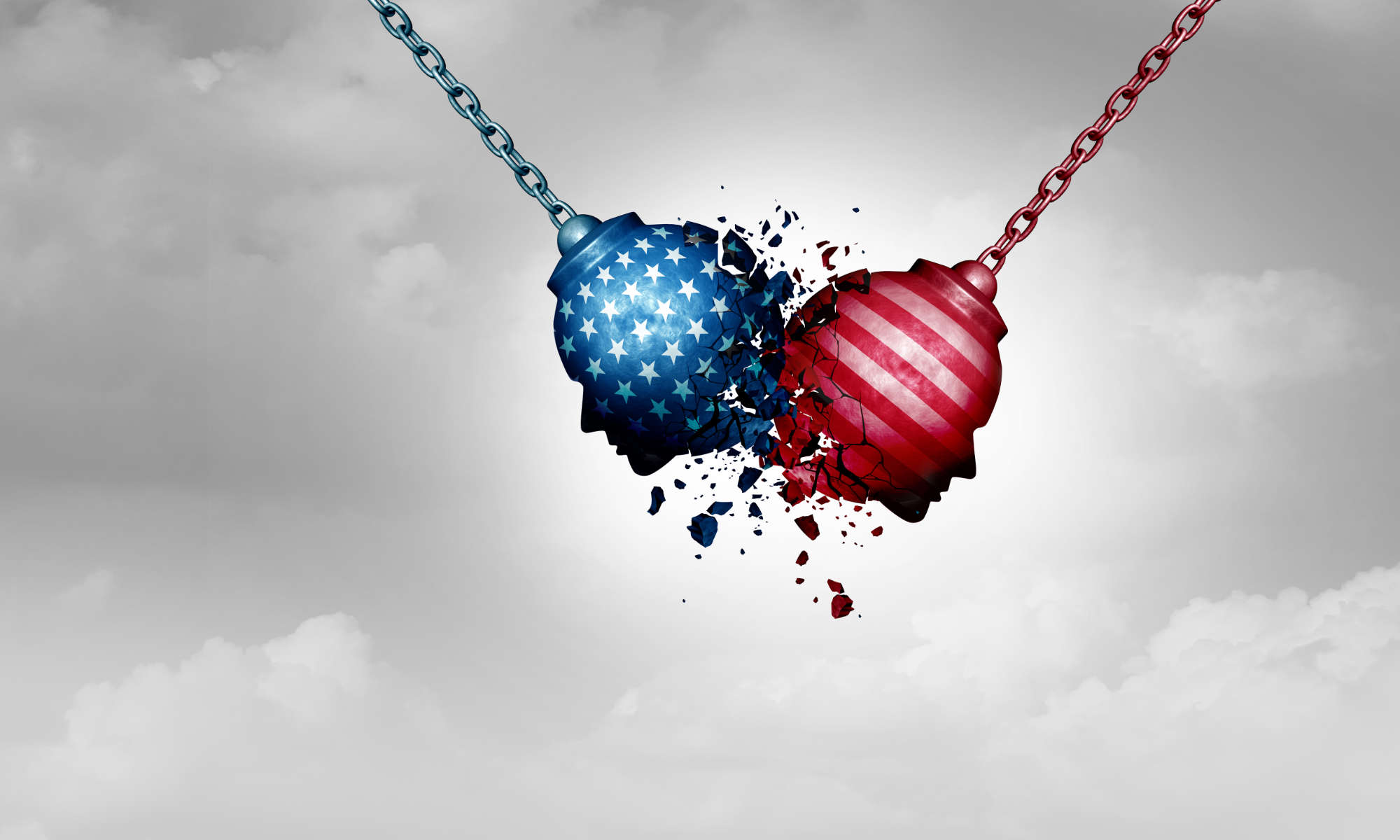It’s a bread-and-butter scene for screenwriters on crime shows and courtroom dramas: the forensic expert takes the stand, describing the fingerprint or the bite mark that indisputably links the defendant to the crime. The prosecution’s case is clinched.
But that’s not how it works. Faulty forensic science plays a role in about half of the cases in which wrongful conviction is later proved. When it comes to pattern identification, forensic science is often not very scientific at all, says Jennifer Mnookin.
“Flawed Forensics: Why Troubling Expert Evidence Continues to Find its Way to Court”
Jennifer Mnookin
March 26, 5 p.m.
Hawkins-Carlson Room
Rush Rhees Library
Free and open to the public
This talk is part of the 2018–19 Humanities Center Public Lecture Series, this year exploring the theme of expertise and evidence.
Jennifer Mnookin is the David G. Price and Dallas P. Price Professor of Law at UCLA, where she is also dean of the law school. She earned her law degree at Yale and a Ph.D. in the history and social study of science and technology at MIT. Mnookin is the founder and faculty co-director of the Program on Understanding Law, Science & Evidence at UCLA Law.
She’s the dean of the UCLA law school, and also the David G. Price and Dallas P. Price Professor of Law. On March 26, she’ll be the last guest speaker in the 2018–19 Humanities Center Public Lecture Series, dedicated this year to the theme of expertise and evidence.
A leading scholar of legal evidence, Mnookin is the coauthor of Modern Scientific Evidence: The Law and Science of Expert Testimony (2016) and The New Wigmore: A Treatise on Evidence (2010). Her article “The Uncertain Future of Forensic Science” was published last fall in Daedelus: Journal of the American Academy of Arts and Sciences, in a special issue devoted to science and the legal system.
“Forensic science is at a crossroads,” she writes, its credibility—and the legal community’s response—uncertain. The pattern identification methods used by forensic scientists developed in crime laboratories that were specifically designed to aid criminal investigations and functioned as a part of law enforcement. Until recently, most forensic scientists did not have formal training in science, and while an undergraduate science is now required by many labs, few of the people who work there are scientists with PhD-level training.
As a result, forensic science laboratories “have generally lacked a ‘research culture,’ with little in the way of “peer-reviewed, high-quality evidence [that] establishes the scientific validity of often-used methods like tool mark assessments and firearms identification,” according to Mnookin. There is a “deep cultural divide between forensic science practice and research science.”
For forensic scientists, it’s time-honed, subjective judgment that’s valued, not empirical studies or statistical modeling. “In many fields, we still lack substantial, validated information about how likely analysts are to offer inaccurate conclusions. Consider this point carefully,” she writes. These forms of evidence are being used to establish guilt for serious criminal offenses, yet we lack substantial knowledge of how often the evidence presented is mistaken, overstated, imprecise, or wrong.”
Mnookin’s legal interests also include what she calls “semi-legible visual evidence,” a resonant topic for local experts, given Rochester’s place in the world of imaging. Blurry photographs, low-quality dashboard or security video, and medical scans are just a few of the kinds of evidence she cites: both images that are only partially readable to laypeople but decipherable to those with expertise and images with irresolvable uncertainties for all. “Semi-legible images cannot be said simply to speak for themselves,” she writes; “they must be made to speak, through the exertion of effort, expertise, or both.”
In a 2016 Washington Post op-ed titled “A Wake-Up Call on the Junk Science Infesting Our Courtrooms,” Mnookin and coauthor Harry T. Edwards, a senior judge on the U.S. Court of Appeals for the Washington, D.C., circuit, argued that science and justice are served together when forensic methods are required to demonstrate their scientific validity.
“The integrity of our criminal-justice system,” they wrote, “deserves no less.”



